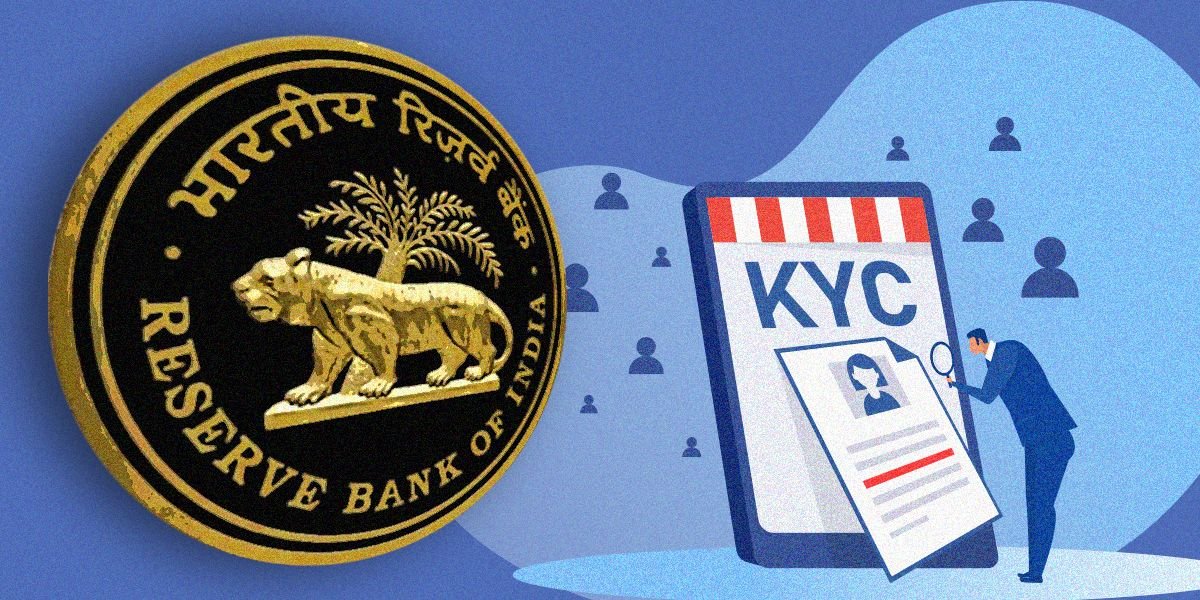The Reserve Bank of India (RBI) has announced revisions to the Master Directions on Know Your Customer (KYC), effective immediately as per its circular dated November 6, 2024. These amendments aim to align RBI’s KYC guidelines with recent changes in related laws and enhance clarity in KYC procedures.
What is KYC?
KYC, short for “Know Your Customer,” is the process by which financial institutions verify the identities of their clients. KYC is a critical tool to combat unlawful activities like money laundering and terrorist financing, protecting both institutions and clients from fraudulent activities.
Understanding Digital KYC
“Digital KYC” involves capturing a live photo of the customer, along with their officially valid documents or Aadhaar, if offline verification is not possible. The officer taking the photo must record the geographical location’s latitude and longitude in line with statutory provisions.\
Key Amendments in RBI’s Latest KYC Rules
The RBI circular outlines specific amendments to ensure compliance with updates in the Prevention of Money Laundering (Maintenance of Records) Rules, 2005, as per the July 19, 2024 Gazette Notification. It also incorporates directions from a Government of India corrigendum issued on April 22, 2024, on implementing Section 51A of the Unlawful Activities (Prevention) Act, 1967. The revisions include:
1. Paragraph 10 – Customer Acceptance Policy
The amendment to Paragraph 10(f) of Master Direction specifies that regulated entities (REs) must apply the Customer Due Diligence (CDD) procedure at the Unique Customer Identification Code (UCIC) level. Thus, an existing KYC-compliant customer of an RE who wishes to open another account or use additional services from the same RE does not need to undergo a new CDD process for identity verification.
2. Paragraph 37
The amendment clarifies that the instruction for “high-risk accounts to be subjected to more intensified monitoring” now applies to both sub-paragraphs (a) and (b) of Paragraph 37 and the term ‘explanation’ has been shifted.
3. Paragraph 38 – Updation/Periodic Updation of KYC
For clarity, the term ‘updation’ has been replaced with ‘periodic updation’ in several clauses within clauses (iii) and (iv) of sub para (a) and clauses (iii) and (iv) of sub para (c) Paragraph 38.
4. Paragraph 56 – CDD Procedure and Sharing KYC Information with CKYCR
Amendments to Paragraph 56(h) outline that REs must periodically upload or update KYC data for individual and legal entity accounts with CKYCR, especially during regular KYC updates or when new information is obtained. CKYCR will then notify all REs that have engaged with the customer regarding any KYC record updates.
Additionally, Paragraph 56(j) clarifies that, for any account-based relationship or KYC verification, REs should seek the KYC Identifier from the customer or retrieve it from CKYCR. They should not request the same KYC documents again unless there is a change in the customer’s information, incomplete or outdated records, expired documents, or the need for further verification.
5. Annex II of the KYC Master Direction
Based on the April 22, 2024 corrigendum, the designation for the Central Nodal Officer under UAPA has changed from “Additional Secretary” to “Joint Secretary.”
6. Terminology Change in KYC Master Direction
Going forward, the provisions of the Master Direction will be read as ‘paragraph’ and not ‘sections’. For internal references also it shall be construed as ‘paragraphs’ and not ‘sections’.
These updates reflect RBI’s commitment to enhancing the KYC process, maintaining robust compliance standards, and streamlining verification requirements across financial institutions.

